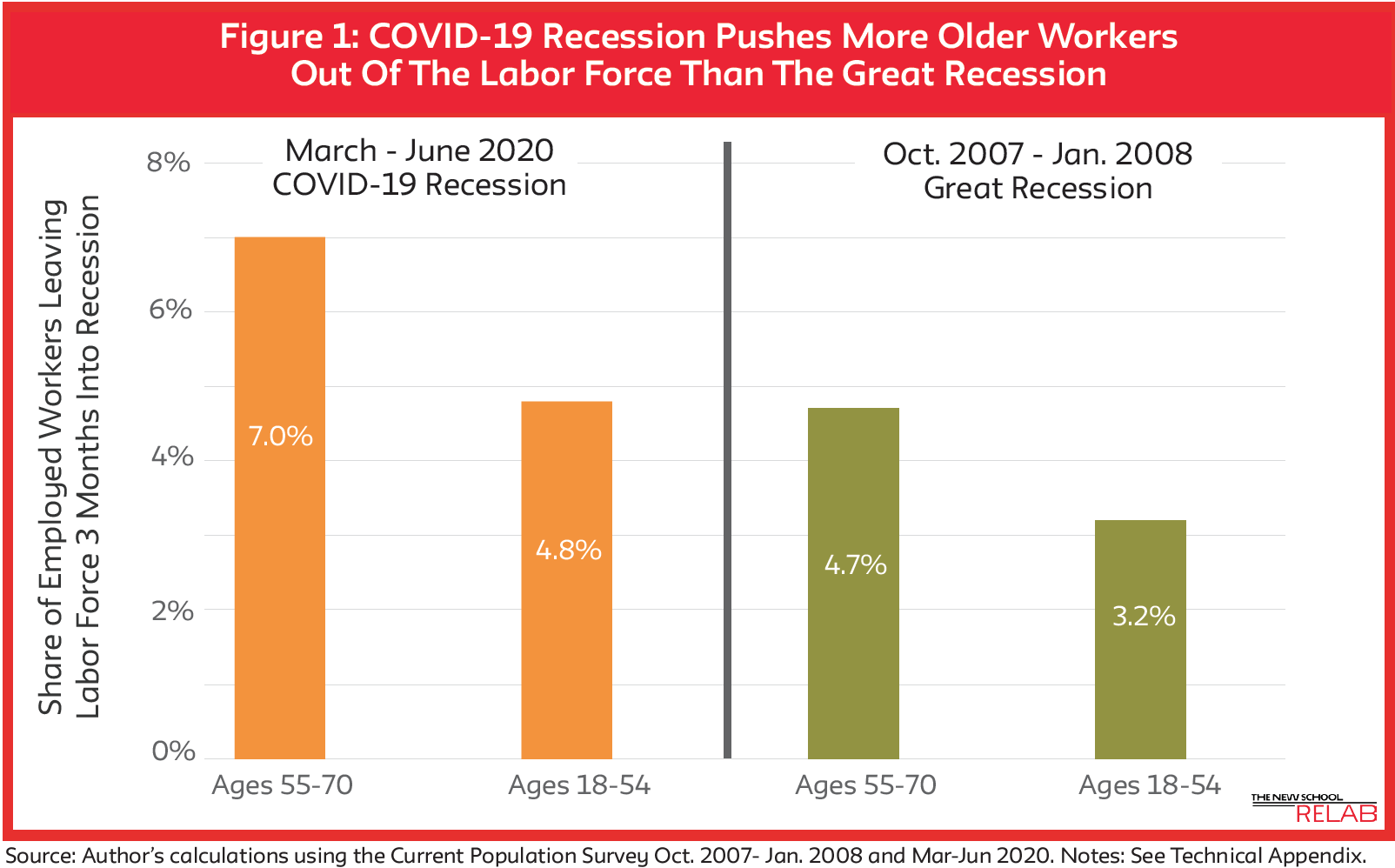
A Progression job earns an average salary $1,605,712, and can go from a low of 1,415.436 to a high point of 1,834,171. Although salaries are determined by education and experience, they can vary. The table below gives you an idea of the Progression salary range. The location and type of the job will impact the amount of salary that is paid.
Set up pay tables
Pay grade step tables define how employees are paid at different pay grade levels. These tables show employees how many hours per day they work and how many days each year they are employed in each pay grade. These tables can be modified manually or automatically. You can set these tables with the base rate and the step rate, or you can set the step rate to apply to all employees.
You can create pay tables that are based on a job title or a pay grade. You can then create a work group based on this information. It is also possible to build a new progress work group using existing pay grades.

Information about each step
Payroll software solutions can help you automatically process employee steps progression information. To do this, set up your payroll software to automatically process employee step progression. Also, enter job-level parameters. Next, create groups that share the same job-level or step. This will ensure step-progression information is automatically updated.
After creating a step-progression timecard, you can run the Timecard Revisions report and approve it manually or with an automated solution. You can then see the totals for each employee, as well the grand total of all employees with job-step advancement. You can also see the original timecards as well as the updated timecards that were generated during the step-progression.
To process information about step progression, create employee groups
It is vital to create employee group when setting job progression requirements. These groups will allow you to identify the best employees for your job. Only then can they be moved to the next job level. Once you have created employee group, you can assign job progression information to each one.
Employee groups can be created based on how long it takes to get to the next job level. For example, employee A must work at least 500 hours on the current job level in order to progress to the next level. Employee B must be able to work for at least 1000 hours per week to progress to the next job level. Employee C must stay on the job for 90 days. These groups can be set up depending on whether they are based on hourly or daily requirements. In most cases, employees with different job levels are not placed into the same group.

List of professional achievements
It's common to highlight general achievements on your resume, but it's also a good idea to highlight achievements specific to your industry. An example of this is a person who is in charge of leading digital projects. Academic awards and publications might be included by someone working in the academic sector.
To write a strong resume, you must speak the language of your employer. You should highlight the relevant skills and achievements that are applicable to the job you're applying for. This can include any award, scholarship, or achievement that has increased sales by 10% in the past three months.